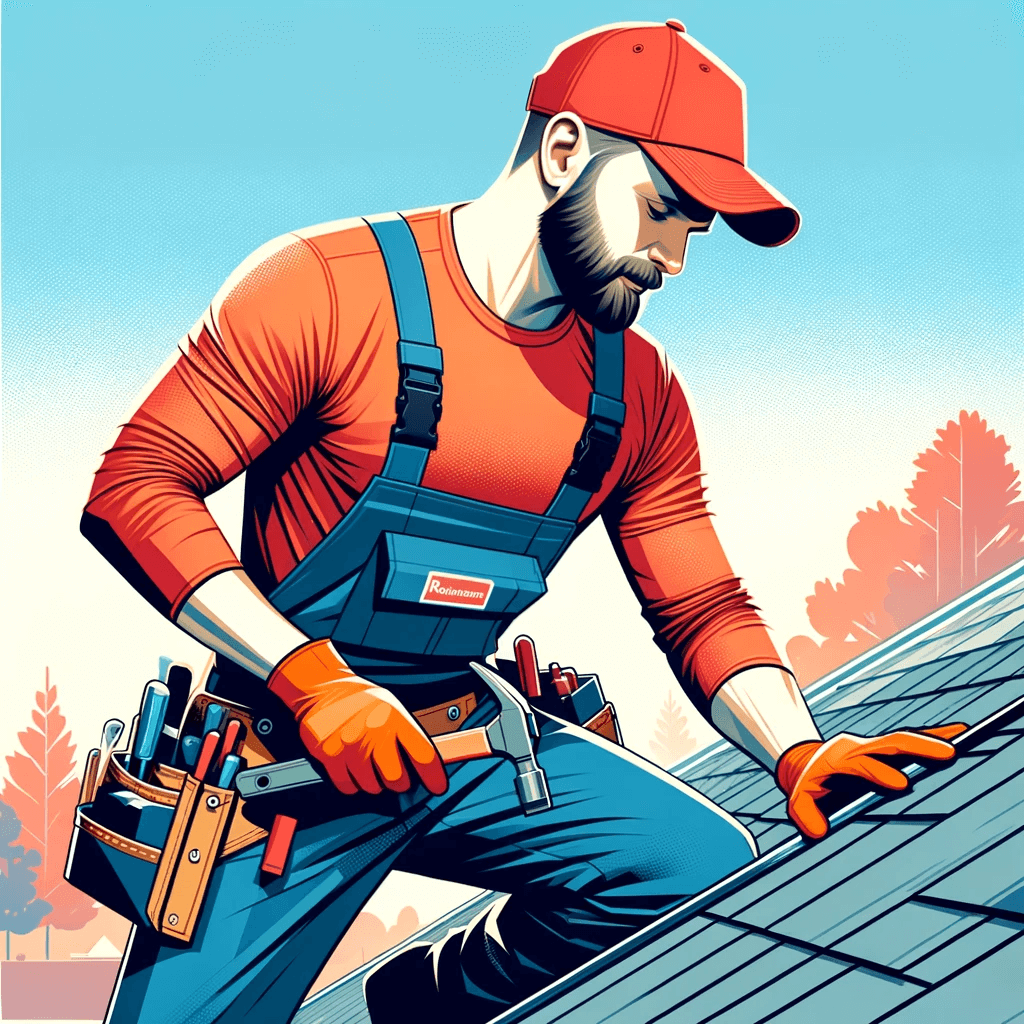When it comes to replacing your roof, attention to detail can make all the difference between a successful upgrade and a costly mistake. While the process might appear straightforward, several crucial aspects require careful consideration. This guide will walk you through the essential steps and common pitfalls to avoid in roof replacement, ensuring your investment is well-protected and worthwhile.
- The Importance of a Detailed Proposal: The foundation of a successful roof replacement is a comprehensive proposal. Ensure it includes specifics like materials, brands, types of underlayment, and more. Clarity in writing prevents misunderstandings and sets clear expectations.
- Safety and Documentation: Safety should always be a priority. Your contractor should provide pictures and videos of your finished roof to eliminate the need for you to climb up there yourself. This practice not only ensures your safety but also serves as visual documentation of the work done.
- Key Components in Roof Replacement:
- Tear Off Old Roof: Addressing significant leaks or aging structures often means starting from scratch. Removing everything down to the plywood sheeting is sometimes necessary for a thorough and lasting replacement.
- Ice and Water Shield: This layer is crucial for protecting roof edges and valleys from snow and ice damage, especially in colder climates.
- Underlayment Choices: Opt for synthetic underlayment over traditional felt paper. It offers enhanced durability and is often preferred for manufacturer warranties.
- Flashing Matters: Copper flashing is ideal for chimneys, valleys, and edges, acting as a barrier against water intrusion.
- Drip Caps: New drip caps, usually aluminum, should be installed along the eaves to effectively manage rainwater.
- Shingle Selection: The type, color, and manufacturer of shingles should be specified in your proposal. Remember, the aesthetic of your roof is just as important as its functionality.
- Hips and Ridges: Ensure that hips have matching hip caps and ridges are equipped with vents for proper attic ventilation.
- Fasteners: Insist on stainless steel fasteners for their longevity and reliability.
- Finalizing with Documentation: Your contractor should provide detailed documentation for each component used. This transparency is key in ensuring you get exactly what you’re paying for.
Conclusion: Replacing your roof is a significant investment in your home. By being aware of these common mistakes and ensuring your contractor adheres to best practices, you can ensure a successful roof replacement that lasts for years. Remember, the devil is in the details, and in roofing, those details matter immensely.




